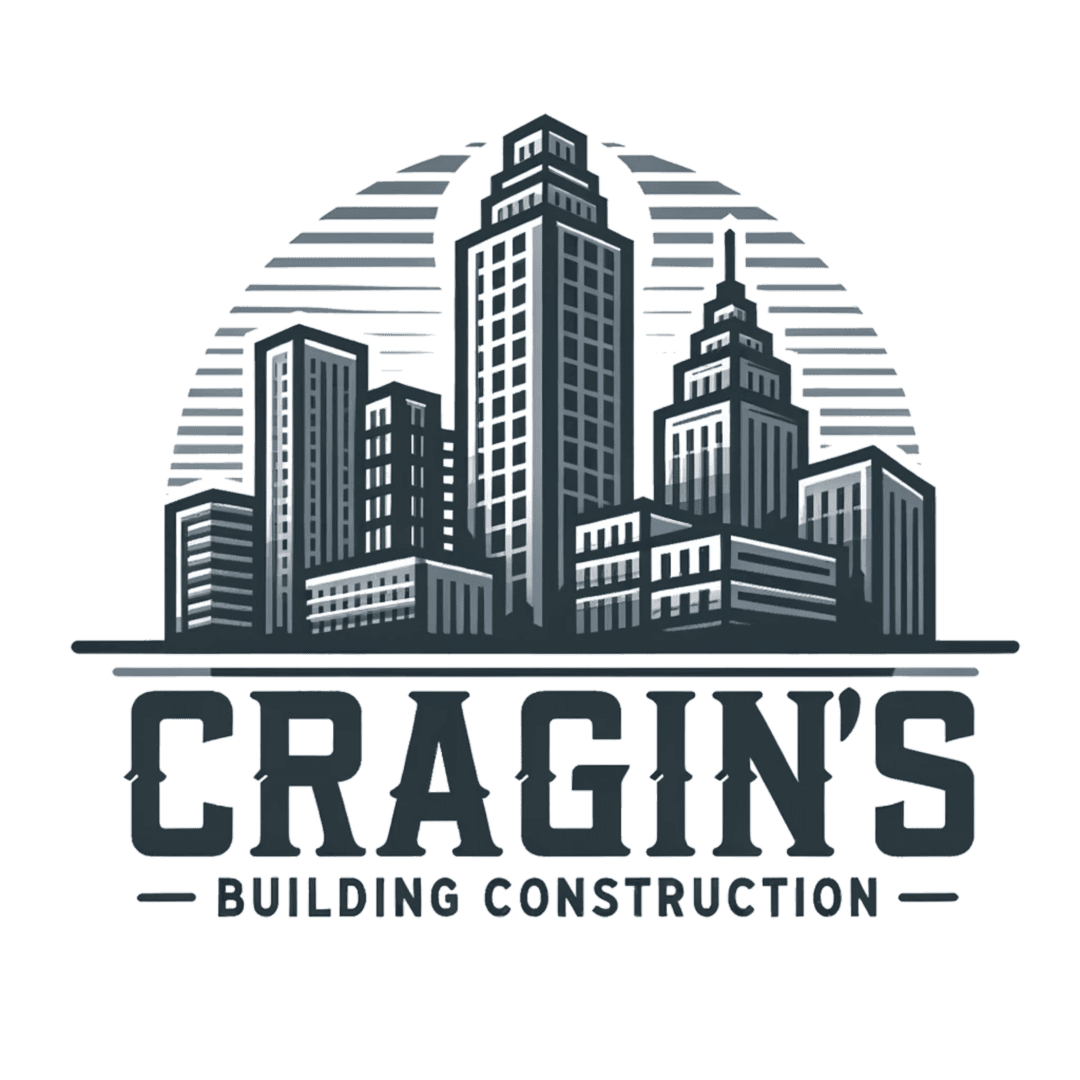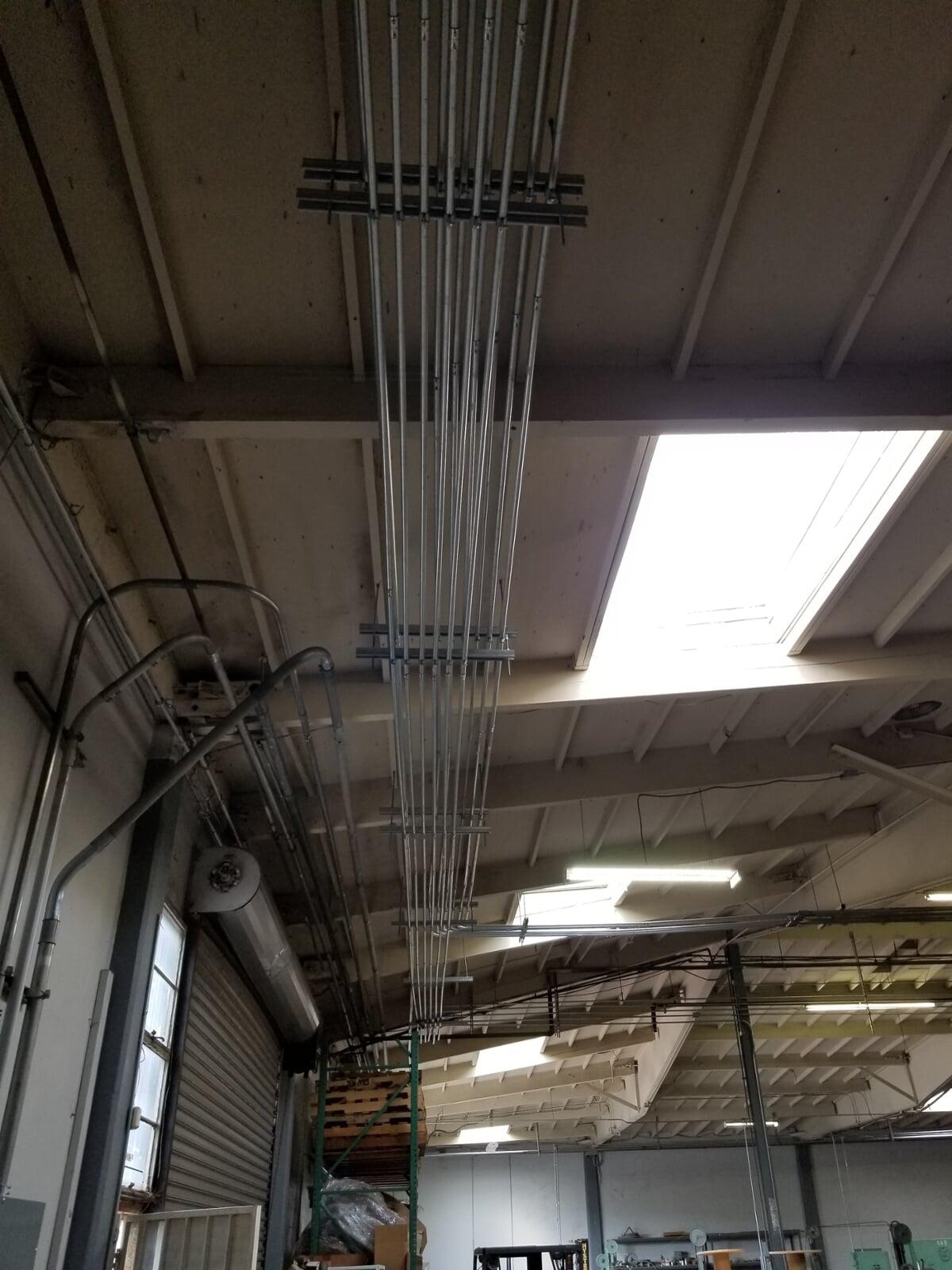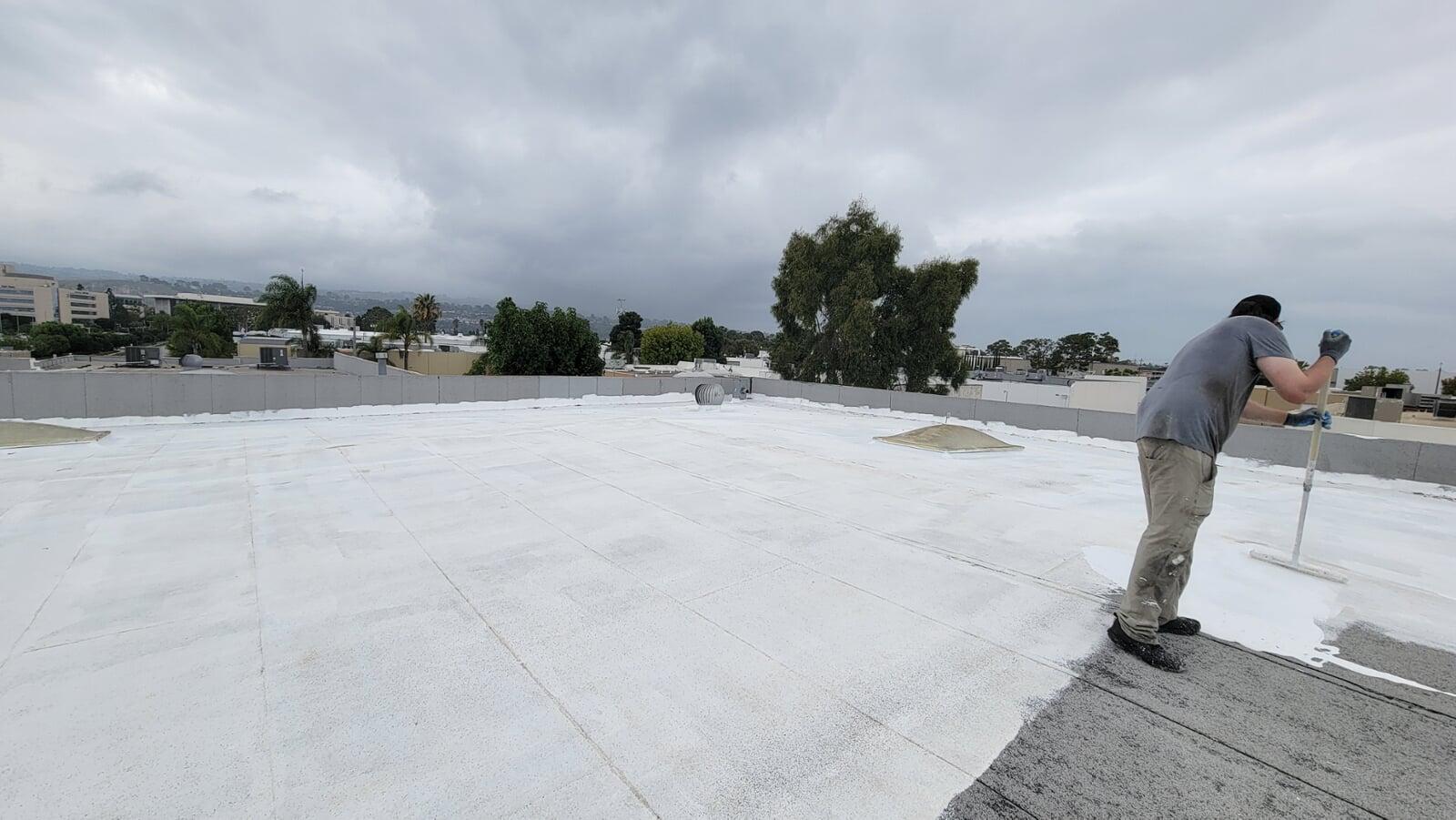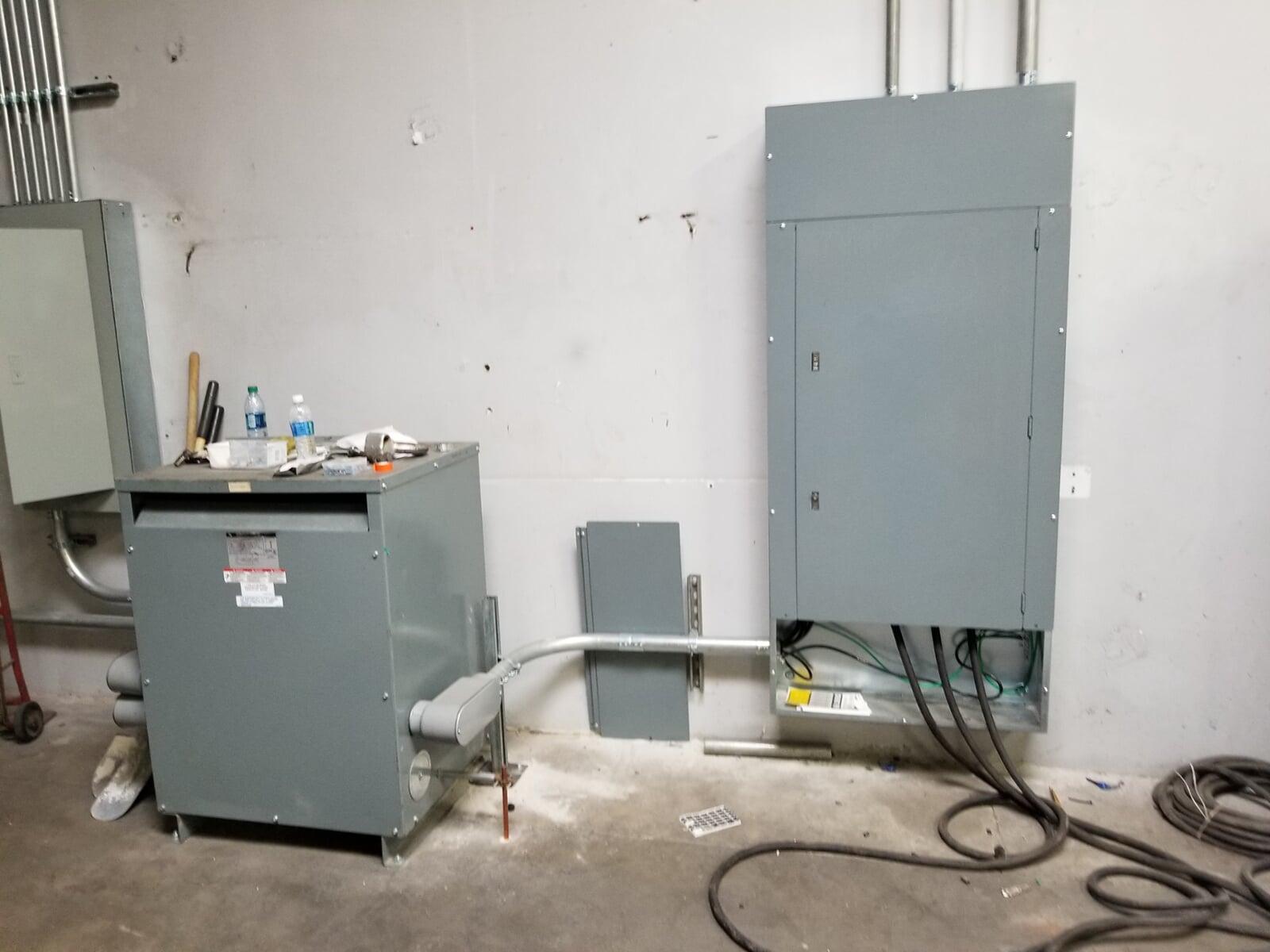Maintaining a commercial building goes far beyond janitorial services and occasional repairs. It’s about creating a safe, efficient, and attractive environment for tenants, employees, and visitors while preserving the long-term value of the property. For property managers, implementing a comprehensive maintenance strategy is essential for the success and longevity of any commercial property. This guide provides best practices for effectively managing building maintenance and highlights how property managers can ensure smooth operations.
Maintaining a commercial building goes far beyond janitorial services and occasional repairs. It’s about creating a safe, efficient, and attractive environment for tenants, employees, and visitors while preserving the long-term value of the property. For property managers, implementing a comprehensive maintenance strategy is essential for the success and longevity of any commercial property. This guide provides best practices for effectively managing building maintenance and highlights how property managers can ensure smooth operations.
Why Building Maintenance Matters
Commercial building maintenance involves everything from HVAC systems to lighting, plumbing, and structural integrity. Neglecting regular upkeep can lead to unexpected repairs, decreased property value, and even legal liabilities. A well-maintained property not only enhances tenant satisfaction but also helps attract new tenants, reduces operational costs, and improves the building’s energy efficiency.
Commercial building maintenance involves everything from HVAC systems to lighting, plumbing, and structural integrity. Neglecting regular upkeep can lead to unexpected repairs, decreased property value, and even legal liabilities. A well-maintained property not only enhances tenant satisfaction but also helps attract new tenants, reduces operational costs, and improves the building’s energy efficiency.
Key Areas of Focus for Commercial Building Maintenance
Preventive Maintenance One of the cornerstones of a successful building maintenance program is preventive care. By proactively addressing potential issues before they become major problems, property managers can avoid costly repairs, improve safety, and extend the life of building systems.
Key components of a preventive maintenance plan include:
- Regular HVAC Inspections: Ensuring that heating, ventilation, and air conditioning systems run efficiently will lower energy costs and prevent uncomfortable indoor conditions.
- Plumbing and Electrical Checks: Addressing leaks, blockages, and faulty wiring early can prevent costly emergencies.
- Roof Inspections: Regular roof assessments ensure that the structure remains watertight, reducing the likelihood of expensive damage.
- Elevator and Escalator Maintenance: Frequent inspections can prevent malfunctions, ensuring the safety of occupants and maintaining accessibility standards.
Energy Efficiency and Sustainability Energy-efficient buildings are not only environmentally friendly but also cost-effective. Incorporating sustainable practices in building maintenance can lower utility bills and attract eco-conscious tenants. Property managers should consider:
- Upgrading to LED Lighting: LEDs last longer and consume less energy than traditional bulbs, reducing both maintenance and electricity costs.
- Smart Building Systems: Install smart thermostats, lighting controls, and automated building management systems to optimize energy use and reduce waste.
- Water Conservation: Low-flow fixtures, efficient irrigation systems, and regular monitoring of water usage can lead to significant savings.
Safety and Compliance Ensuring safety in a commercial property is paramount, and property managers must stay up-to-date with local regulations and compliance standards. Routine checks in the following areas are critical:
- Fire Safety Systems: Smoke detectors, fire alarms, sprinklers, and extinguishers should be regularly inspected and maintained to meet safety standards.
- Emergency Exits and Signage: Verify that all emergency exits are clear and properly marked, and that emergency lighting is operational.
- Security Systems: Ensure that surveillance cameras, alarms, and access control systems are functional and updated as needed.
Tenant Communication and Coordination Successful building maintenance also relies on effective communication between property managers and tenants. Establish clear lines of communication so tenants can promptly report any maintenance issues, and ensure they are aware of upcoming repairs or inspections that may impact them. Some key tips include:
- Regular Updates: Keep tenants informed of ongoing maintenance schedules and any service disruptions.
- Feedback Loop: Encourage tenants to provide feedback on maintenance efforts to ensure their needs are met.
- Digital Portals: Consider using online platforms where tenants can log service requests, track progress, and receive updates.
Vendor and Contractor Management Property managers must coordinate with various vendors and contractors for specialized maintenance tasks. Maintaining strong relationships with these professionals is essential to ensuring timely and high-quality service. Key best practices include:
- Vendor Vetting: Carefully vet contractors to ensure they are qualified, licensed, and insured.
- Service Level Agreements (SLAs): Establish SLAs to ensure contractors meet expectations for response time, quality, and compliance with building codes.
- Regular Reviews: Evaluate the performance of vendors and adjust contracts as necessary to maintain optimal service.
Preventive Maintenance One of the cornerstones of a successful building maintenance program is preventive care. By proactively addressing potential issues before they become major problems, property managers can avoid costly repairs, improve safety, and extend the life of building systems.
Key components of a preventive maintenance plan include:
- Regular HVAC Inspections: Ensuring that heating, ventilation, and air conditioning systems run efficiently will lower energy costs and prevent uncomfortable indoor conditions.
- Plumbing and Electrical Checks: Addressing leaks, blockages, and faulty wiring early can prevent costly emergencies.
- Roof Inspections: Regular roof assessments ensure that the structure remains watertight, reducing the likelihood of expensive damage.
- Elevator and Escalator Maintenance: Frequent inspections can prevent malfunctions, ensuring the safety of occupants and maintaining accessibility standards.
Energy Efficiency and Sustainability Energy-efficient buildings are not only environmentally friendly but also cost-effective. Incorporating sustainable practices in building maintenance can lower utility bills and attract eco-conscious tenants. Property managers should consider:
- Upgrading to LED Lighting: LEDs last longer and consume less energy than traditional bulbs, reducing both maintenance and electricity costs.
- Smart Building Systems: Install smart thermostats, lighting controls, and automated building management systems to optimize energy use and reduce waste.
- Water Conservation: Low-flow fixtures, efficient irrigation systems, and regular monitoring of water usage can lead to significant savings.
Safety and Compliance Ensuring safety in a commercial property is paramount, and property managers must stay up-to-date with local regulations and compliance standards. Routine checks in the following areas are critical:
- Fire Safety Systems: Smoke detectors, fire alarms, sprinklers, and extinguishers should be regularly inspected and maintained to meet safety standards.
- Emergency Exits and Signage: Verify that all emergency exits are clear and properly marked, and that emergency lighting is operational.
- Security Systems: Ensure that surveillance cameras, alarms, and access control systems are functional and updated as needed.
Tenant Communication and Coordination Successful building maintenance also relies on effective communication between property managers and tenants. Establish clear lines of communication so tenants can promptly report any maintenance issues, and ensure they are aware of upcoming repairs or inspections that may impact them. Some key tips include:
- Regular Updates: Keep tenants informed of ongoing maintenance schedules and any service disruptions.
- Feedback Loop: Encourage tenants to provide feedback on maintenance efforts to ensure their needs are met.
- Digital Portals: Consider using online platforms where tenants can log service requests, track progress, and receive updates.
Vendor and Contractor Management Property managers must coordinate with various vendors and contractors for specialized maintenance tasks. Maintaining strong relationships with these professionals is essential to ensuring timely and high-quality service. Key best practices include:
- Vendor Vetting: Carefully vet contractors to ensure they are qualified, licensed, and insured.
- Service Level Agreements (SLAs): Establish SLAs to ensure contractors meet expectations for response time, quality, and compliance with building codes.
- Regular Reviews: Evaluate the performance of vendors and adjust contracts as necessary to maintain optimal service.
Technology’s Role in Building Maintenance
Property managers are increasingly turning to technology to streamline maintenance processes and improve efficiency. Using Building Maintenance Management Software (BMMS) and Computerized Maintenance Management Systems (CMMS) can automate many tasks and provide real-time data on building conditions. These tools can:
- Automate Maintenance Schedules: Set reminders for routine inspections and repairs.
- Track Work Orders: Easily monitor the progress of maintenance tasks, ensuring nothing slips through the cracks.
- Monitor Building Performance: Track energy consumption, air quality, and equipment health to make data-driven decisions about maintenance.
Property managers are increasingly turning to technology to streamline maintenance processes and improve efficiency. Using Building Maintenance Management Software (BMMS) and Computerized Maintenance Management Systems (CMMS) can automate many tasks and provide real-time data on building conditions. These tools can:
- Automate Maintenance Schedules: Set reminders for routine inspections and repairs.
- Track Work Orders: Easily monitor the progress of maintenance tasks, ensuring nothing slips through the cracks.
- Monitor Building Performance: Track energy consumption, air quality, and equipment health to make data-driven decisions about maintenance.
Creating a Long-Term Maintenance Plan
A solid maintenance plan is critical to the long-term success of any commercial building. Property managers should develop a comprehensive strategy that includes:
- Annual Budgeting: Forecast maintenance expenses, allocate funds for unexpected repairs, and plan for major upgrades or replacements.
- Lifecycle Planning: Understand the expected lifespan of building systems and create a timeline for replacements (e.g., HVAC systems, elevators).
- Capital Improvement Projects: Identify areas where investing in upgrades or renovations will increase property value or reduce long-term costs.
A solid maintenance plan is critical to the long-term success of any commercial building. Property managers should develop a comprehensive strategy that includes:
- Annual Budgeting: Forecast maintenance expenses, allocate funds for unexpected repairs, and plan for major upgrades or replacements.
- Lifecycle Planning: Understand the expected lifespan of building systems and create a timeline for replacements (e.g., HVAC systems, elevators).
- Capital Improvement Projects: Identify areas where investing in upgrades or renovations will increase property value or reduce long-term costs.
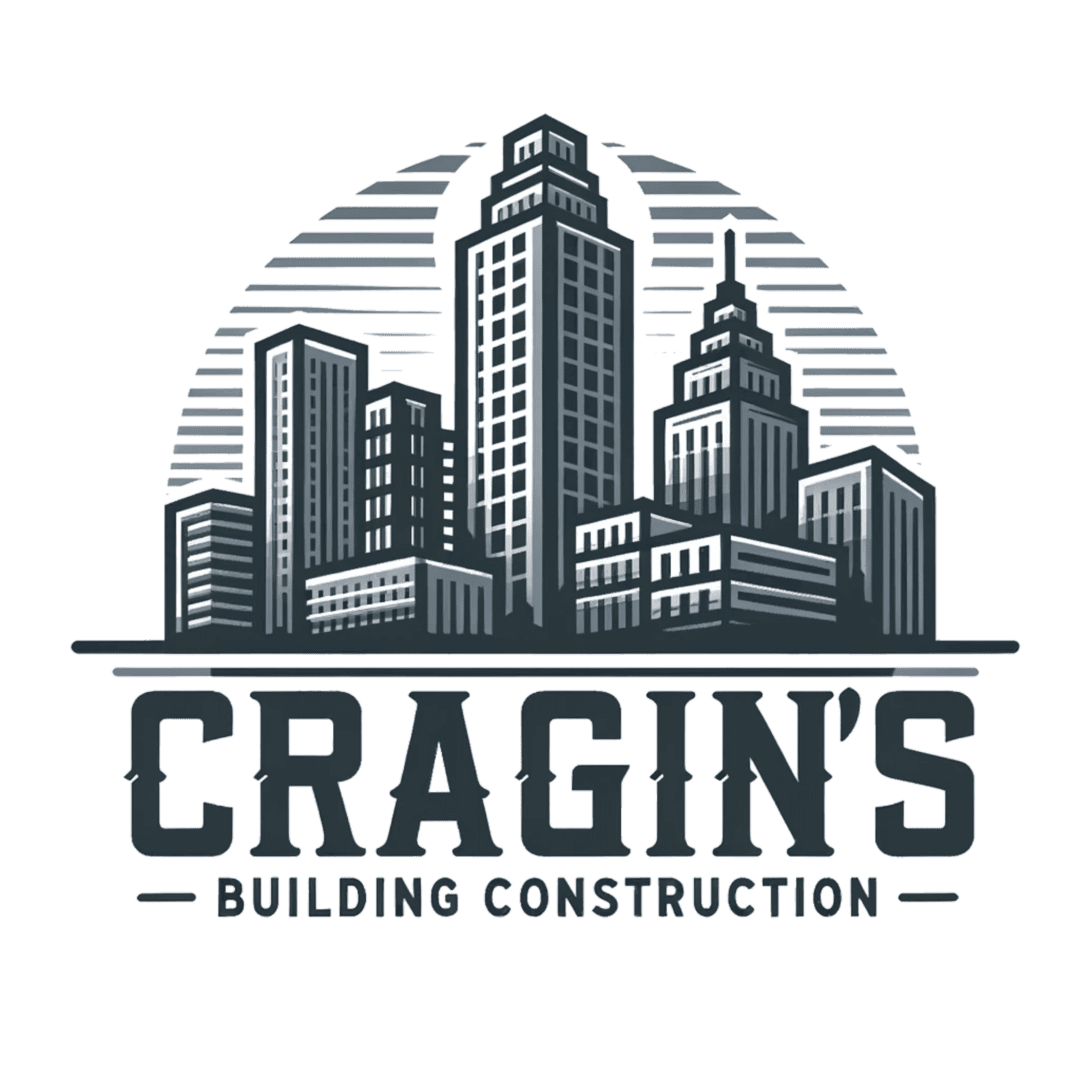
How Cragin's Can Elevate Your Building Maintenance Strategy
How Cragin's Can Elevate Your Building Maintenance Strategy
At Cragin's, we understand the complexities of managing commercial properties, and we’re here to simplify the process for you. Our comprehensive building maintenance services are designed to keep your property in top condition, ensuring tenant satisfaction and long-term value. From preventive maintenance programs to energy efficiency upgrades and safety compliance, Cragin's provides tailored solutions to meet the unique needs of your building. With a team of experienced professionals and cutting-edge technology, we help property managers reduce operational costs, mitigate risks, and streamline maintenance tasks, so you can focus on what matters most – growing your business.
Maintaining Long-Term Value Through Proactive Building Care
Effective commercial building maintenance is the foundation of a thriving property. By focusing on preventive care, energy efficiency, safety, tenant satisfaction, and leveraging technology, property managers can ensure that their buildings remain in optimal condition for years to come. With a proactive and comprehensive maintenance strategy, property managers can not only improve operational efficiency but also enhance tenant retention, reduce costs, and preserve the long-term value of their property.
Effective commercial building maintenance is the foundation of a thriving property. By focusing on preventive care, energy efficiency, safety, tenant satisfaction, and leveraging technology, property managers can ensure that their buildings remain in optimal condition for years to come. With a proactive and comprehensive maintenance strategy, property managers can not only improve operational efficiency but also enhance tenant retention, reduce costs, and preserve the long-term value of their property.
